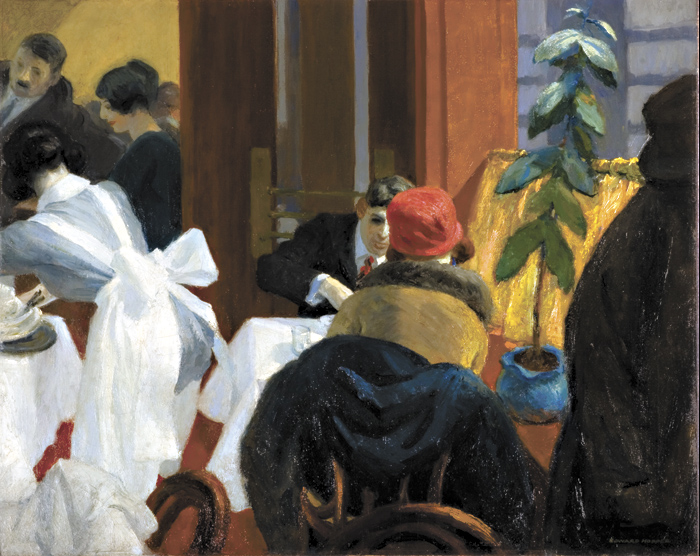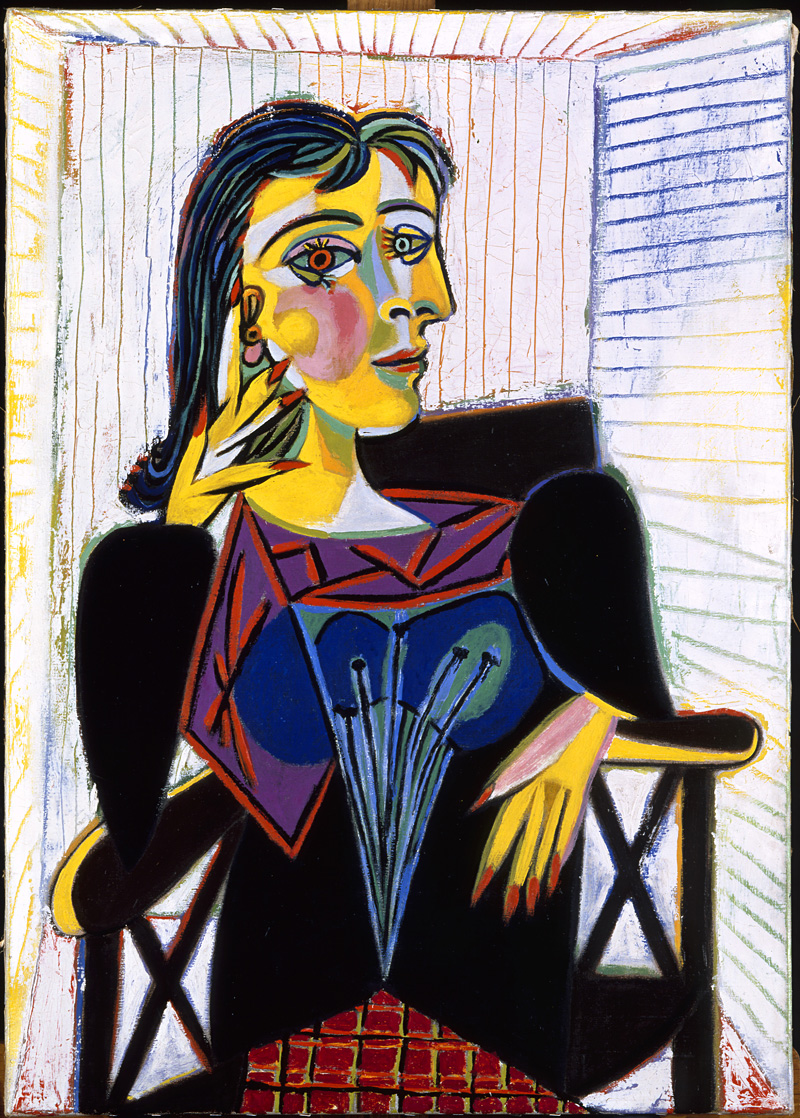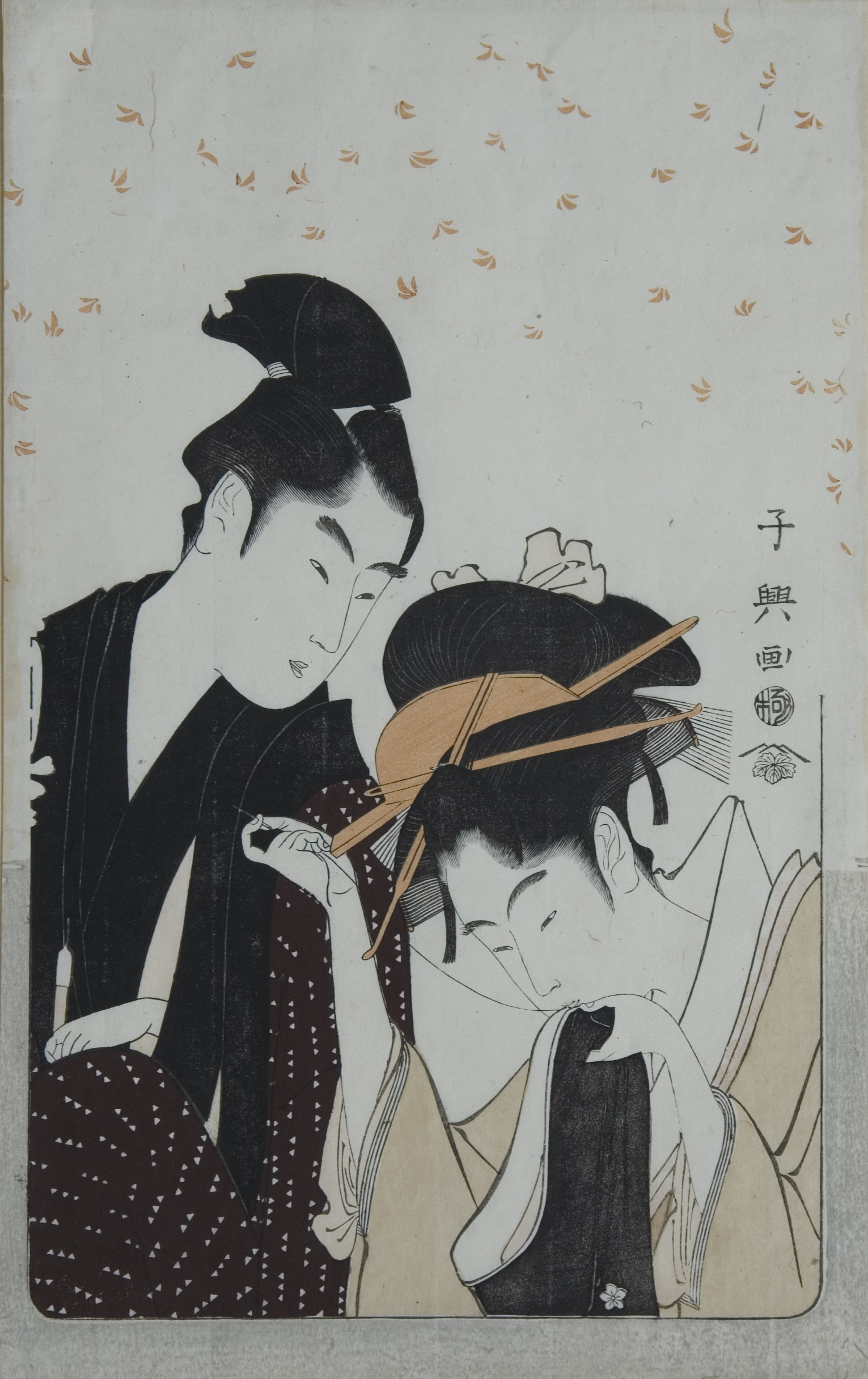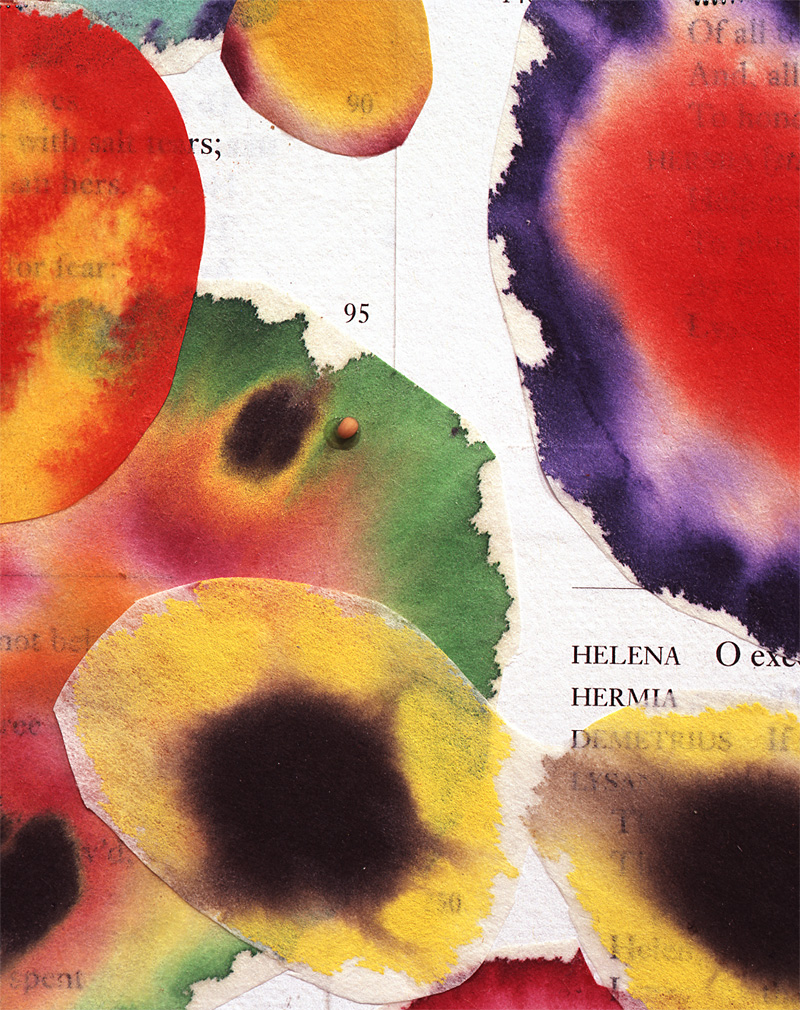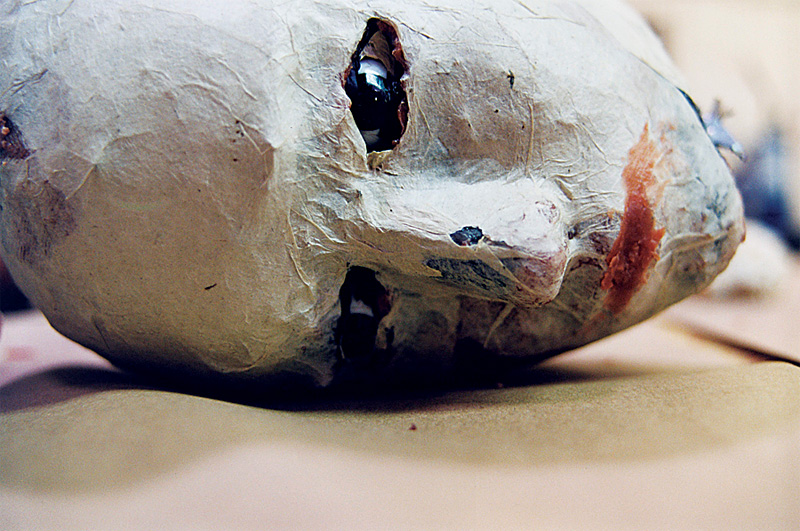Whenever Edward Hopper looks at a street or a room, a tense hush falls over it. Yet the chopped-off first word of the electric restaurant sign in his 1929 Chop Suey is a screaming statement of the arrival of modern American painting.
That painting is the prized donation promised to SAM by megacollector Barney Ebsworth, and it’s one of three or four seminal Hopper works included in the current small show about the painter’s women. These women are distantly observed subjects caught in private reflection: the usherette lost in thought in 1939’s New York Movie or the woman reading a book with blank pages, her face lost in her hat’s shadow, in 1938’s Compartment C, Car 293. Each character seems self-contained, even when with other people: the chop suey patrons stare into space instead of at their lunch companions, the scantily-clad woman in 1947’s Summer Evening warily eyes a man.
Hopper’s paintings puncture their subjects’ privacy even more invasively than Degas’ portraits of dancers in casual moments backstage. As curator Patricia Junker suggests in the exhibit’s fine catalog, Hopper is concerned with the women who flooded the urban landscape, unescorted in a way that would’ve been scandalous a few years earlier, exposed to leering men and the more freighted scrutiny of the painter himself, who had an allegedly tumultuous marriage to a fellow artist. (She was his model, too, and would act out the canvases, giving the characters names.)
The show is a rare opportunity actually to see work you’ve seen endlessly in reproductions and homages. The real paintings are much more textural, the brushwork scrubbier, layered. In reproductions they look graphically simpler, flatter, with smoother surfaces, instantaneous; at SAM you see more struggle in them, a sense that they were arrived at, built up.
The exhibition makes clear that some popular notions about Hopper are wrong, such as his reputation as a strict realist. Though religiously a painter of the observed world, making dozens of sketches of scenes, he worked them not to get closer to physical reality but to a finely tuned emotional tableau. He pares down observed details and makes recognized objects simple props, tools to focus us on a psychological state. John Updike notes in a New York Review of Books essay that in going from the many painstaking preliminary sketches to the painted New York Movie, the usherette went from plain-Jane to glamorous, the moviegoers from finely detailed to shadowy backdrops. The whole picture is like an emanation of the girl’s mental state, or our thwarted attempt to connect with that reality.
Hopper makes the formal elements of the painting a stage for the subject’s internal reality, justifying Andre Breton, who called him an American Surrealist. Summer Evening‘s harshly lit, stage-set-like porch is a space worthy of Magritte. Also surrealist is the aggressively green train car in Compartment C. It’s a jarring institutional hue, strange, alienating. As much as the reading woman is in that car, she’s in a field of oppressively enveloping color, and the view out the window doesn’t seem real. Like the usherette’s movie screen, it’s some sort of mental projection that doesn’t afford any kind of escape. She’s as cut off from the passing landscape as the usherette is from the moviegoers’ fantasy. The porch door in Summer Evening seems a barrier, not a passageway. The couple seems blocked in by the night, the door, the odd shape of the porch.
Hopper creates an architecture to contain emptiness. He was able, says author Avis Berman, “to portray architectural exteriors and human interiors at the same time, and in looking at architectural facades, he also looked at the facades that people erect between each other.” Architecture often becomes an entity in Hopper. When Hitchcock’s Psycho needed a house to symbolize a madman’s isolated mind, designers virtually replicated Hopper’s 1925 House by the Railroad—which is not in this show, but the architecture on view is likewise resonant.
Hopper made his living making movie posters until his art career took off; his paintings are like freeze-frames from lost films whose stories we can never know. He gives us iconic, masklike faces that might be found in an attic scrapbook of collective American memory.
Victoria Ellison is a Seattle artist who writes about museum shows.
